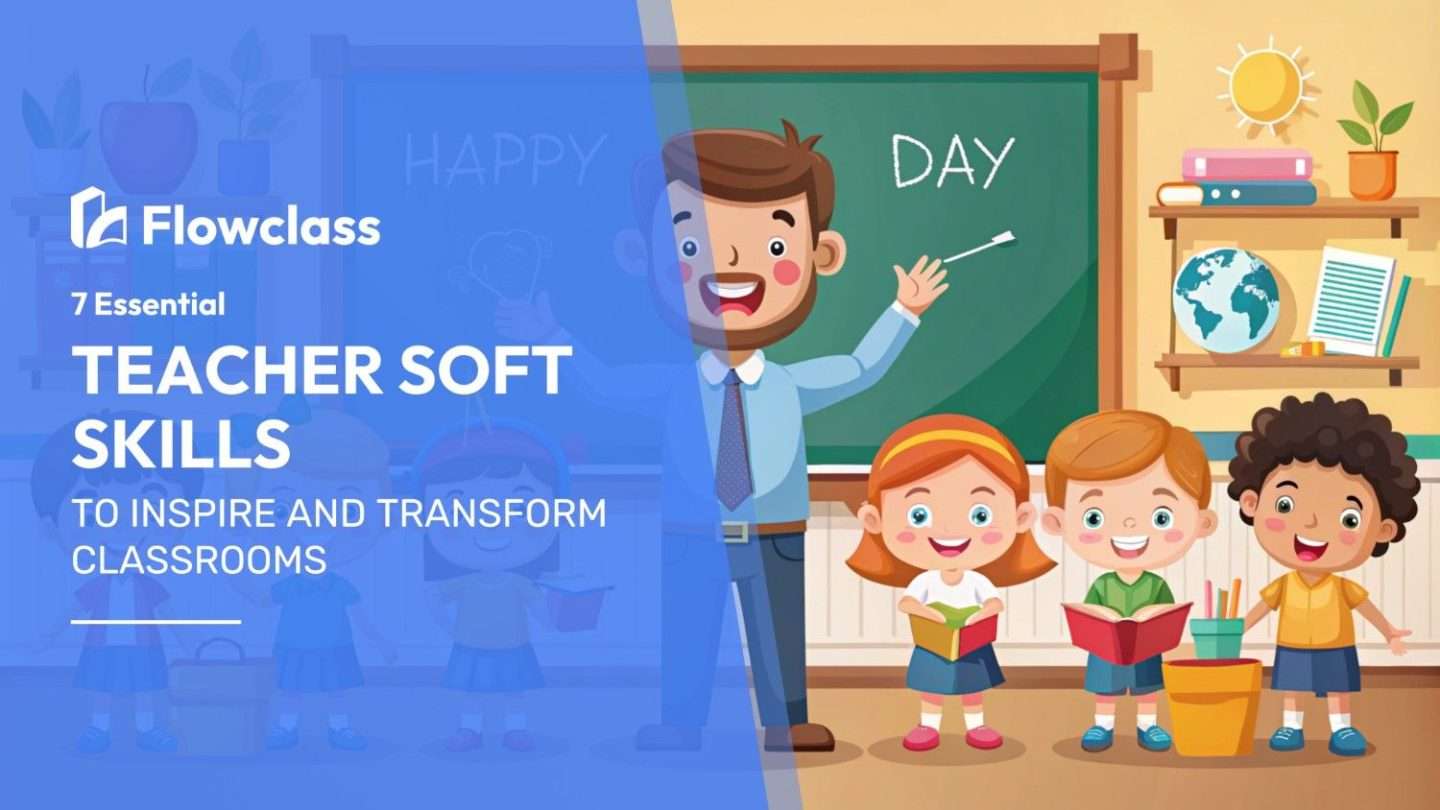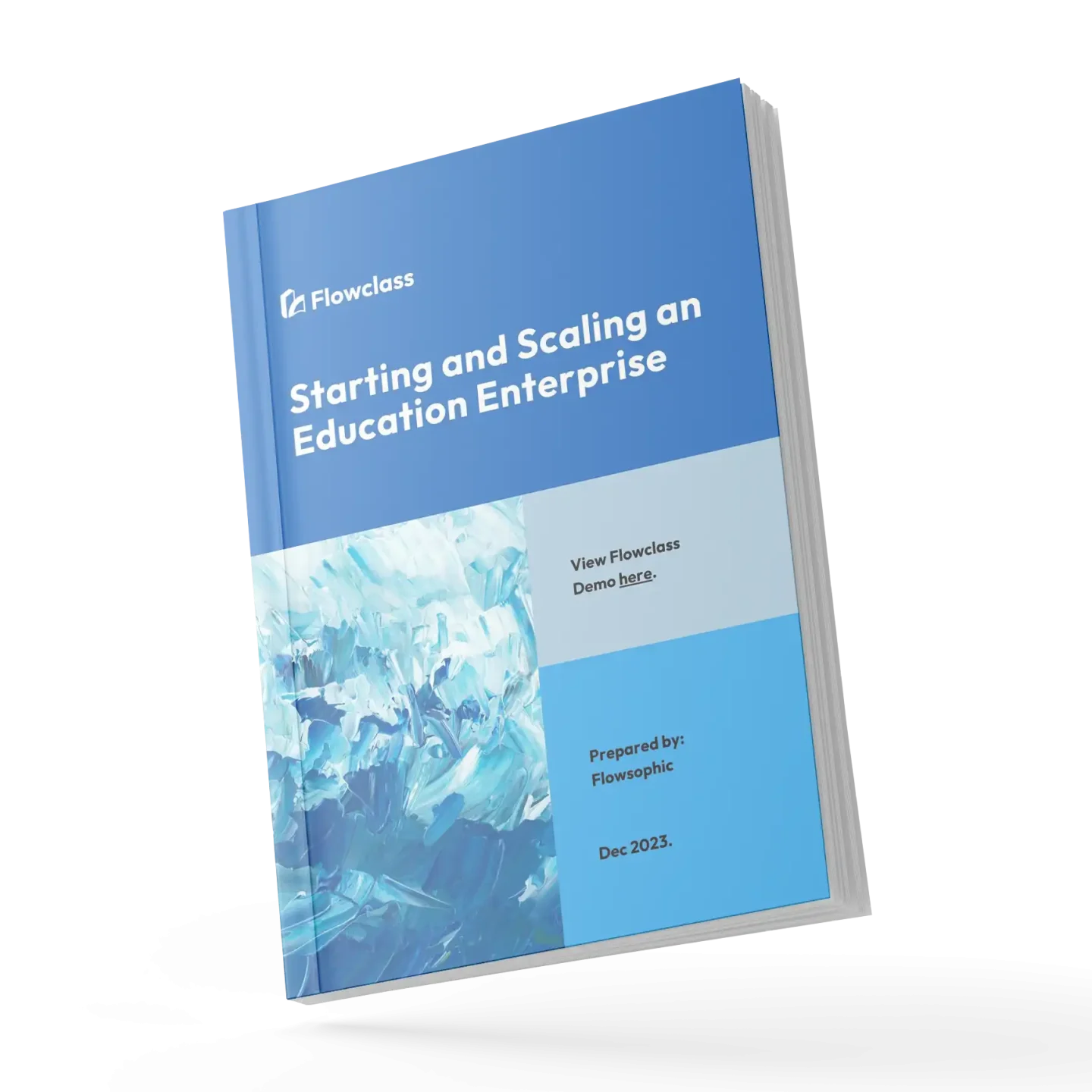Creating an engaging learning environment is essential for teachers looking to inspire and educate. While subject knowledge is important, it’s the soft skills that make exceptional educators stand out. Let’s explore the top teacher soft skills that foster an engaging classroom.
The Importance of Teacher Soft Skills in Engaging Classrooms
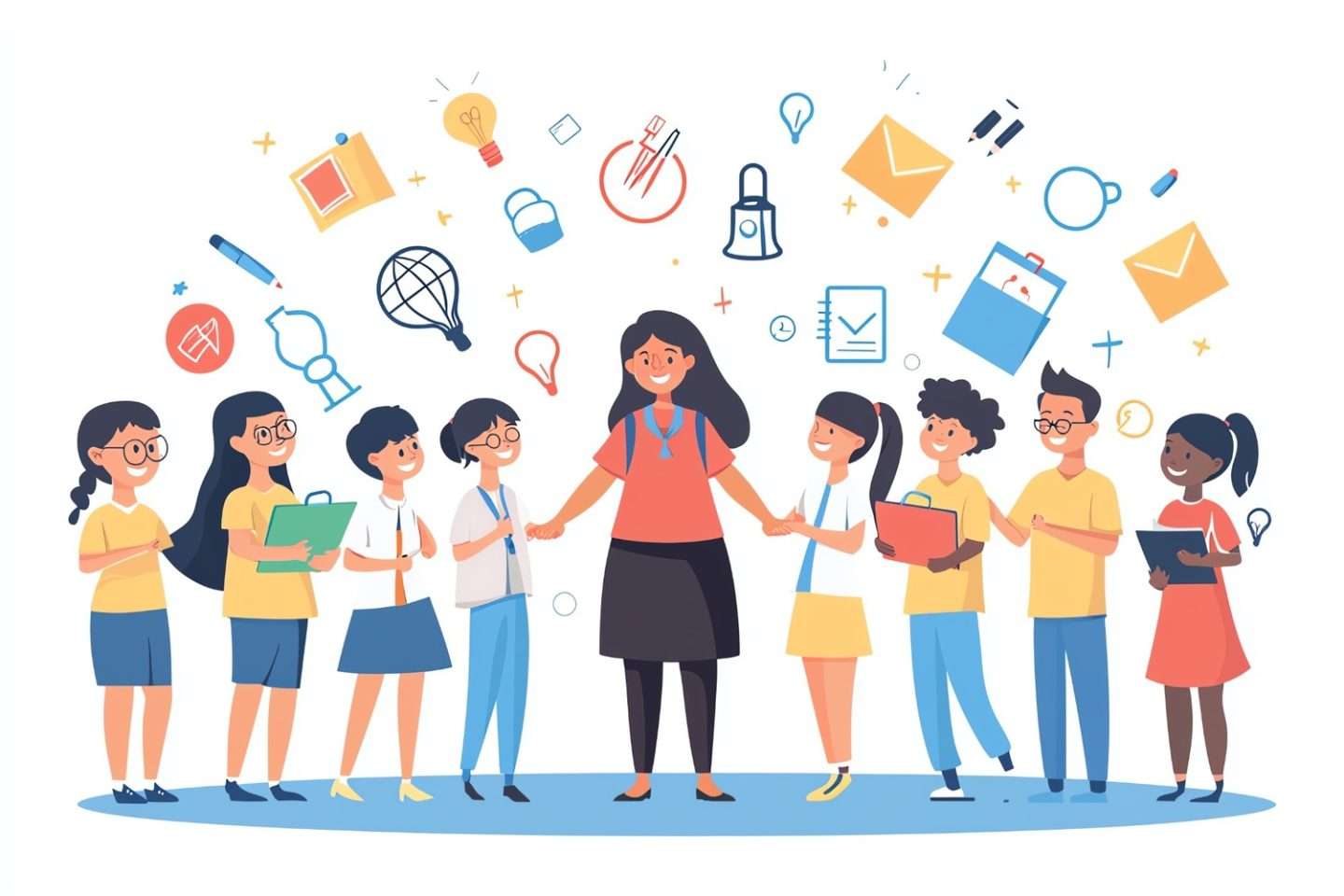
An engaging classroom motivates students and enhances academic performance. When students feel involved, they participate more, collaborate with peers, and develop a deeper curiosity for learning.
Effective teacher soft skills like communication, adaptability, and empathy cater to diverse learning styles, ensuring all students have an opportunity to thrive. These skills create a supportive environment where students feel valued, fostering both academic and social growth.
Communication: A Core Teacher Soft Skill
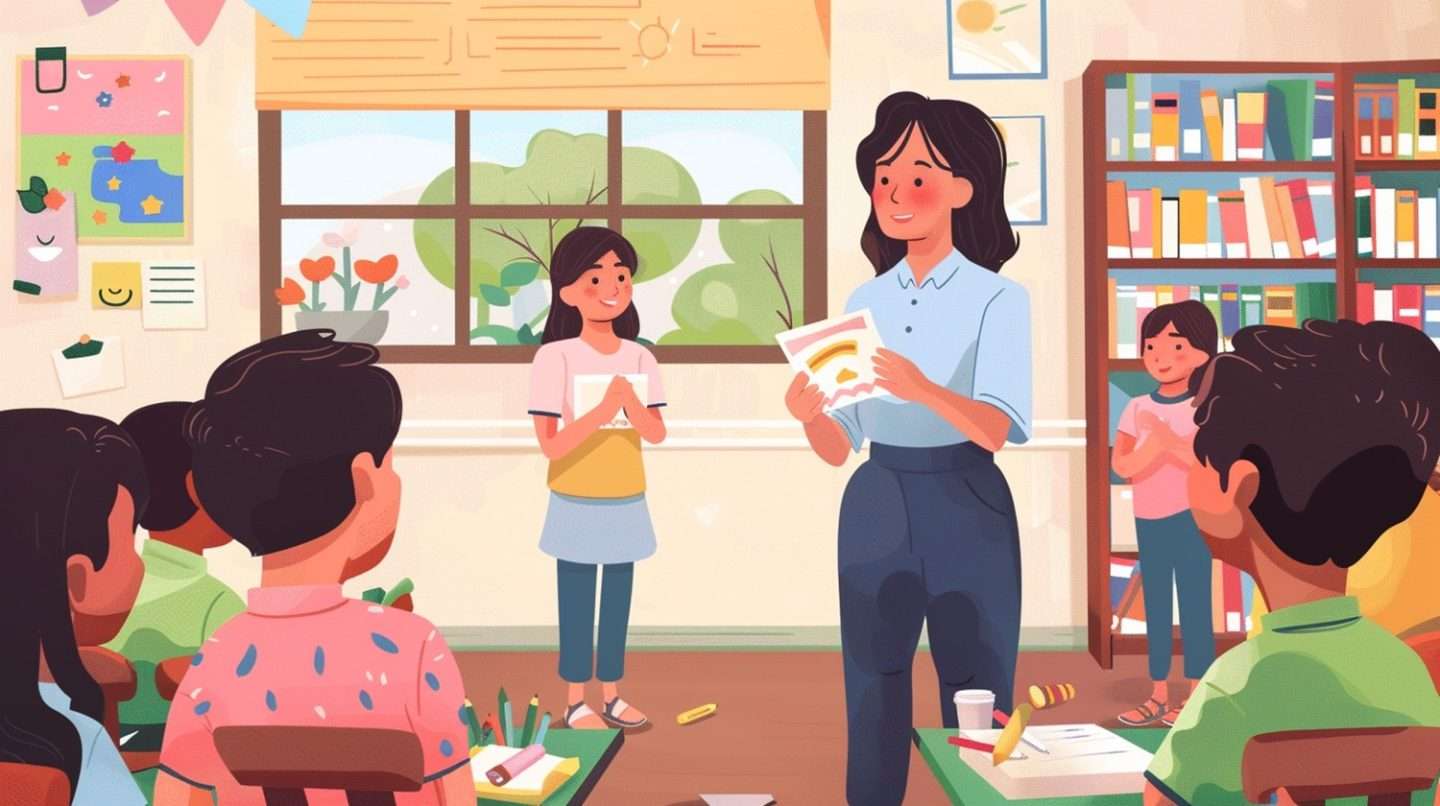
Clear communication is the foundation of a successful classroom. Teachers who articulate their thoughts and listen carefully create a safe space where students feel comfortable asking questions.
Non-verbal cues such as body language and tone of voice also play a big role. Positive gestures—like maintaining eye contact and smiling—create a welcoming environment, encouraging students to engage more actively.
Fostering open dialogue among students not only improves communication but also builds teamwork and collaboration, essential for peer learning.
Adaptability: A Vital Teacher Soft Skill for Modern Classrooms
Adaptability allows teachers to modify their methods to suit different learning styles and needs. Flexibility in lesson planning, adapting to new technologies, or handling unexpected changes ensures that learning remains effective and inclusive.
In today’s ever-changing educational landscape, being adaptable helps teachers respond to diverse student needs, whether it’s through differentiated instruction or adjusting to remote learning.
Empathy: Building Strong Teacher-Student Relationships
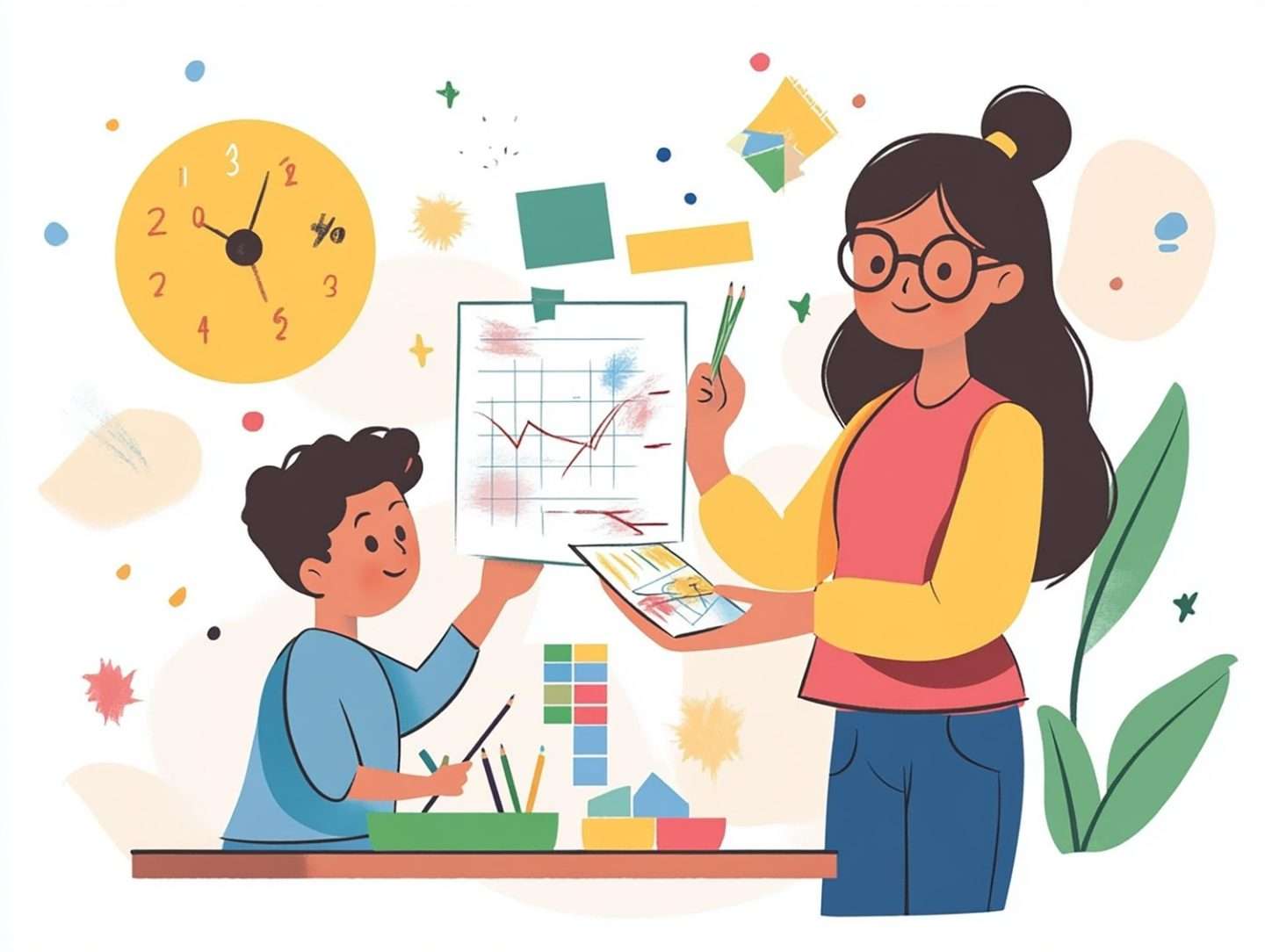
Empathy is a crucial teacher soft skill that helps educators connect with students on a deeper level. Understanding students’ personal and academic challenges allows teachers to provide the right support at the right time.
Empathetic teachers create an inclusive, safe environment where students feel understood and valued. This not only improves student well-being but also motivates them to engage in learning.
Leadership: Guiding Students with Teacher Soft Skills
Leadership in teaching is about inspiring students and guiding them toward their goals. Strong teacher leaders set clear expectations, foster a sense of purpose, and motivate students to take ownership of their learning.
Effective classroom leadership combines structure with flexibility, allowing students to explore their interests while maintaining an organized learning environment. This balance helps build confidence and autonomy in students.
Creativity: A Key Teacher Soft Skill for Engagement
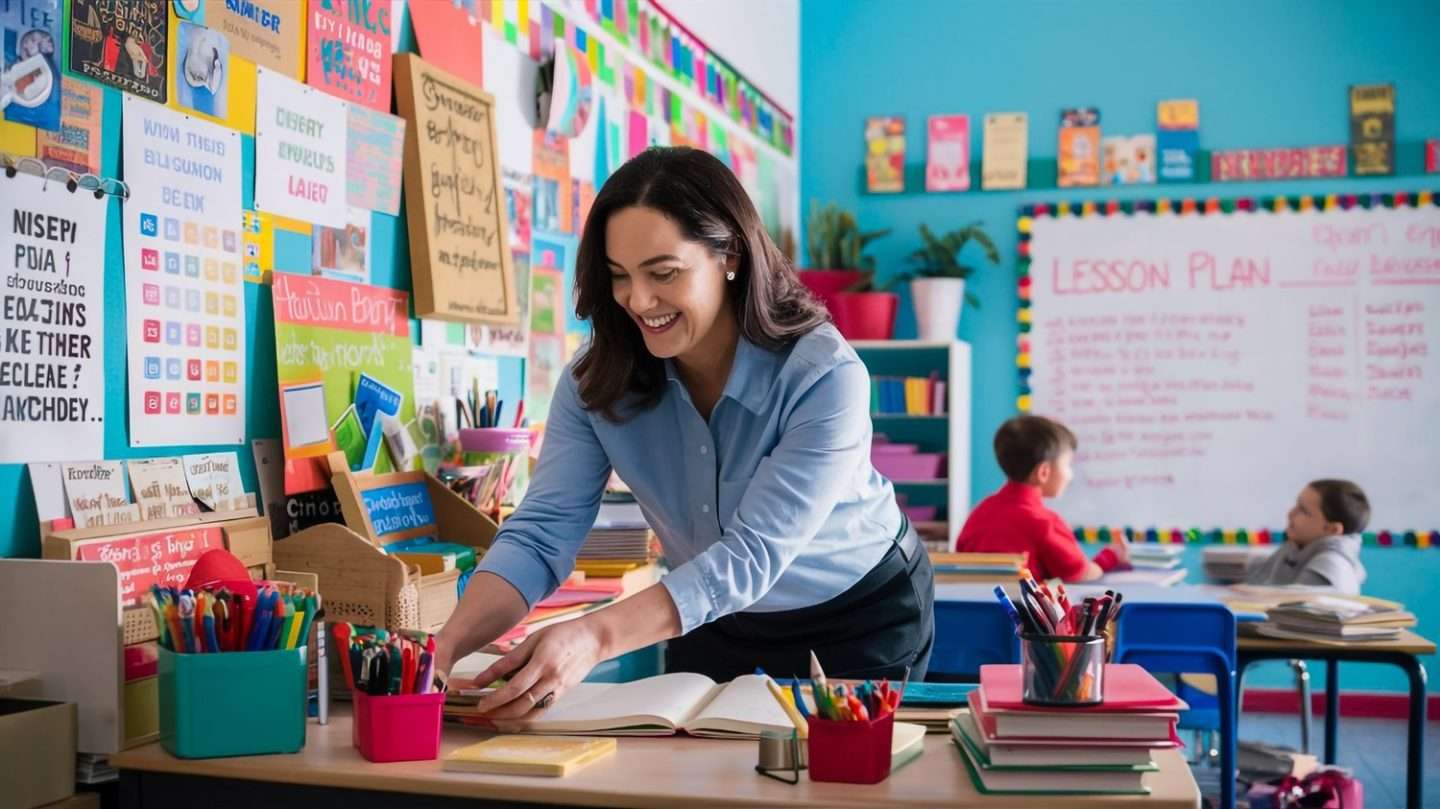
Creativity makes learning enjoyable and memorable. Teachers who incorporate creative teaching strategies—such as project-based learning or gamification—capture students’ attention and inspire them to think critically.
Creative classrooms encourage students to express themselves, take risks, and explore new ideas, which fosters deeper understanding and personal growth.
Classroom Management: The Backbone of Teacher Soft Skills
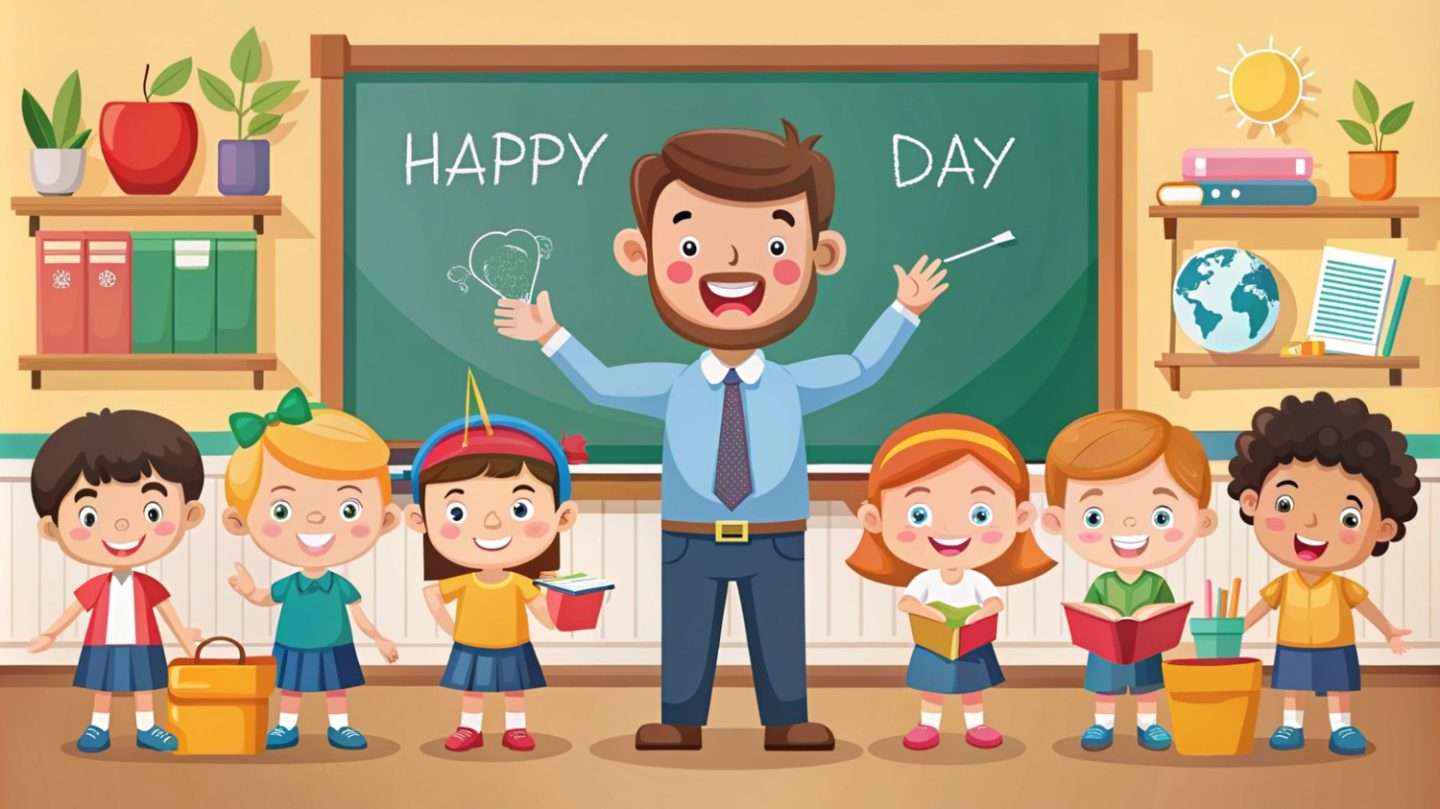
Effective classroom management is essential for maintaining an engaging learning environment. Teachers who establish clear rules and routines create a structured atmosphere where students can focus on learning.
Consistency in enforcing expectations, combined with positive reinforcement, motivates students to behave appropriately and stay engaged. Building strong relationships with students enhances classroom management, as students who feel respected are more likely to engage positively.
Continuous Professional Development for Teacher Soft Skills
Continuous professional development is crucial for refining teacher soft skills. Engaging in workshops, peer collaboration, and reflective practices helps teachers stay current with new teaching strategies and improve their classroom effectiveness.
Ongoing learning also encourages collaboration among educators, fostering a supportive network that leads to innovative teaching practices and better student outcomes.
Conclusion
Fostering an engaging learning environment requires a blend of essential teacher soft skills—communication, adaptability, empathy, leadership, creativity, and classroom management. By honing these skills, educators can inspire students, enhance their learning experience, and prepare them for future challenges.
Ultimately, the impact of these soft skills extends beyond the classroom, shaping students into lifelong learners and future leaders. Prioritizing the development of teacher soft skills ensures that educators continue to empower their students to reach their full potential.

